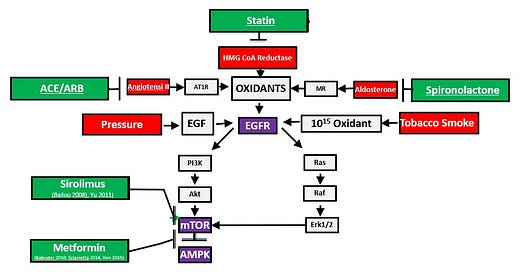At the moment of conception, the fertilized human egg becomes a cell with no other function but to make more cells that become teeth, hair, and eyeballs. That fertilized egg contains all the genes and DNA needed to develop a perfectly healthy young man or woman. Every cell has the same genes and DNA. The difference in cell structure and function is the …
Keep reading with a 7-day free trial
Subscribe to Slow Aging and Delay Chronic Disease Development to keep reading this post and get 7 days of free access to the full post archives.




